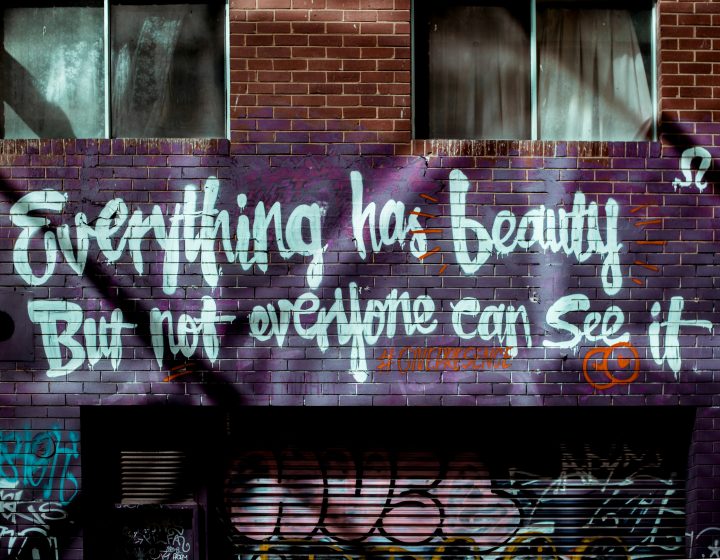In conversations with executives, teams, and high-performing individuals, a familiar phrase surfaces time and again: “I don’t know what I want.” On the surface, it sounds reflective, responsible, even mature. But after nearly two decades of navigating change and transformation, I’ve learned that it often signals something else entirely.
More often than not, it isn’t about lacking direction; it’s about avoiding the discomfort that clarity demands. Saying “I don’t know” is rarely about uncertainty. It’s about hesitation, and often, it’s a way of postponing the moment where desire meets responsibility.
Clarity Requires More Than Vision
We tend to think of clarity as something we arrive at through introspection. We imagine that if we pause long enough, the answer will surface on its own. But in reality, clarity is more often a result of movement, not stillness. We understand what we want by testing what we’re willing to commit to, to change, or to let go of.
Research supports this perspective. Implementation intention theory (Gollwitzer, 1999) has shown that intentions alone rarely lead to action unless tied to specific, actionable behaviors. The distance between an idea and an outcome is filled with choice, and often difficult ones. When individuals fail to bridge that gap, it’s not because they lack insight; it’s because they haven’t fully committed to what that insight would demand of them.
What the Athlete Already Understands
Think of an athlete who says they want to be a world champion or, even better, an Olympic champion. The clarity of that goal is not what makes it powerful. What matters is their willingness to train when no one is watching, to sacrifice comfort, to lose short-term gratification in pursuit of long-term excellence.
They don’t ask themselves every day what their goal is. They’ve already answered that question. The real question is: “Am I willing to live in a way that makes this possible?” This distinction applies to career transitions, leadership evolution, and enterprise transformation alike. The clarity isn’t missing. The choice is.
The Real Meaning Behind “I Don’t Know”
In organizational transformation work, I’ve observed teams stall not because they lack strategic options, but because they are unwilling to face the implications of choosing a clear path. The same applies at an individual level. Professionals express interest in broader roles, international assignments, or industry pivots, but hesitate when the required trade-offs become real.
This is not a matter of capability. It is a matter of permission. Getting permission from the organization or the leader, and giving oneself the psychological and professional space to let go of the familiar, in order to move toward something more aligned and ambitious.
A More Honest and Useful Question
Instead of asking “What do I want?”, a more powerful question might be: “What am I prepared to do, change, or risk to move forward?” This shifts the focus from aspirations to concrete choices and actions. It creates a real alignment between desire and behavior, which is often where transformation begins.
This kind of reframing isn’t about pressure or performance. It’s about ownership. When people connect their ambition with action, they step into agency. And with agency, clarity becomes much easier to find.
Why This Matters in Leadership and Strategy
Whether navigating a post-merger landscape, scaling a new unit, or repositioning a business model, the clarity of a vision is only as useful as the behavior that supports it. In these high-stakes environments, leaders must model the courage to make choices, especially when the path forward requires letting go of what has worked in the past.
Saying “I don’t know what I want” may sound neutral, but in a strategic context, it often reflects a deeper resistance to change. Leaders who recognize this can unlock movement not just for themselves, but for the people and systems they lead.
So clarity is not a luxury. In times of transformation, it’s a discipline. If you’re finding yourself stuck in indecision, it may be less about needing time to think. Perhaps you just need more courage to take action.




